Since the beginning of the digital era, the major camera companies have had one primary weapon that they use to compete. That weapon is of course megapixels. Recently however, having found my rose tinted spectacles, I have begun thinking back to the days of film.
I was bought up in a world of celluloid and chemicals. A time when increasing ISO meant changing films. However I am also of the first generation that learnt computers. I love tech, I love gadgets and I love digital photography. Whilst film was my foundation, digital made me as a photographer.
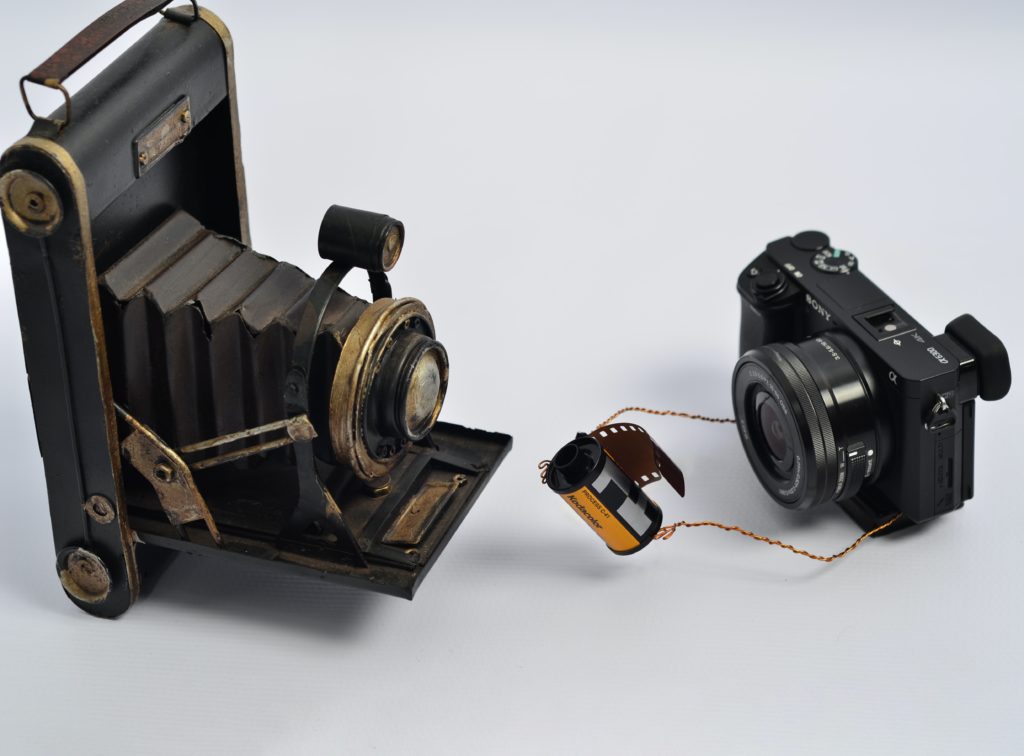
The thing is, these days camera companies seem to have reignited the old megapixel race in order to trump each other in the marketing wars. We now have phone companies touting 100mp cameras, I can’t help feeling that for many of us, the huge amount of megapixels on offer in today’s cameras, tends to distract us from the many other features we should be looking for in cameras. The question I am asking is, do we need all those megapixels?
Where Did The Megapixel War Start?
To be honest it started at the very beginning of the digital era. It has not been a continuous “arms race” however. There have been pauses where companies have reached certain technological limits. At these points they have focussed on other improvements.
The original race was between the two original giants of photography, Canon and Nikon. Canon was regarded as the winner in the earlier days. However during Nikon put a halt to the Megapixel race with the D3. With this camera they held the resolution at 12mp yet drastically improved the low light capabilities.
That detente lasted a few years, however once the technology moved on, past the 18mp mark, the arms race seemed to reignite. These days not only in stills but increasingly with video and the upcoming 8K standards. So do we need all these megapixels?
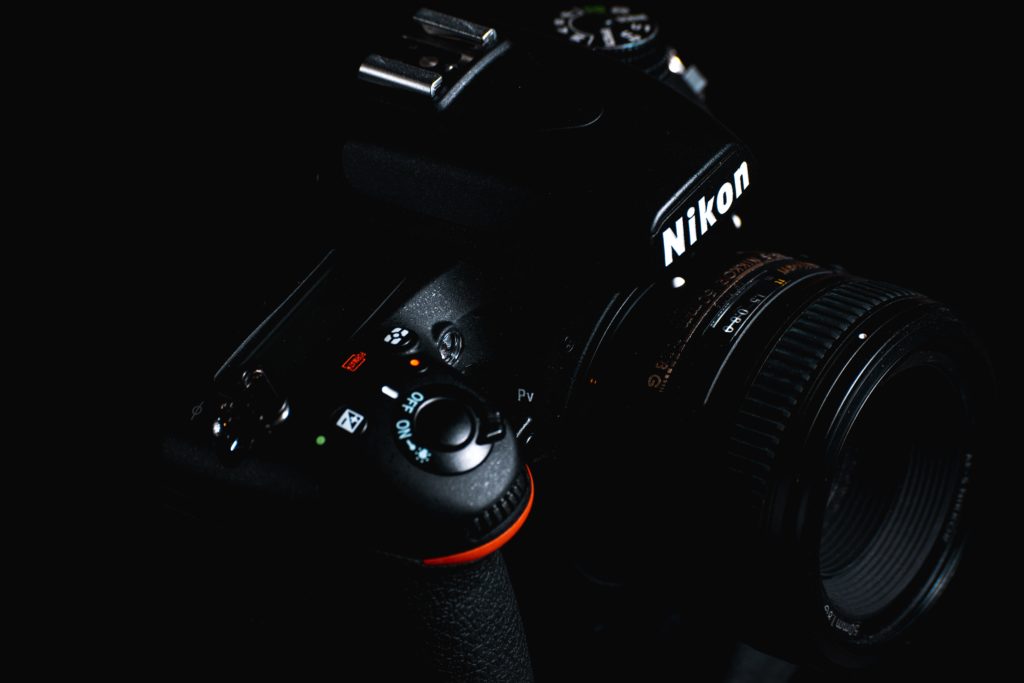
Film is Finite
Personally I don’t think that we can discus the megapixel race without out putting it into some context. And that context is film. I am not going to split hairs over the relative resolutions of film and digital, however what I can say is that film resolution was, effectively finite.
The best resolution that could be achieved was by using the lowest ISO film. Kodachrome 25 was generally regarded as king of the hill in this respect. However, film’s resolution was limited by its manufacturing processes and by it’s sensitivity. Digital has less of these restrictions. Manufacturers keep finding ways to push more and more pixels even into the tiniest of sensors.
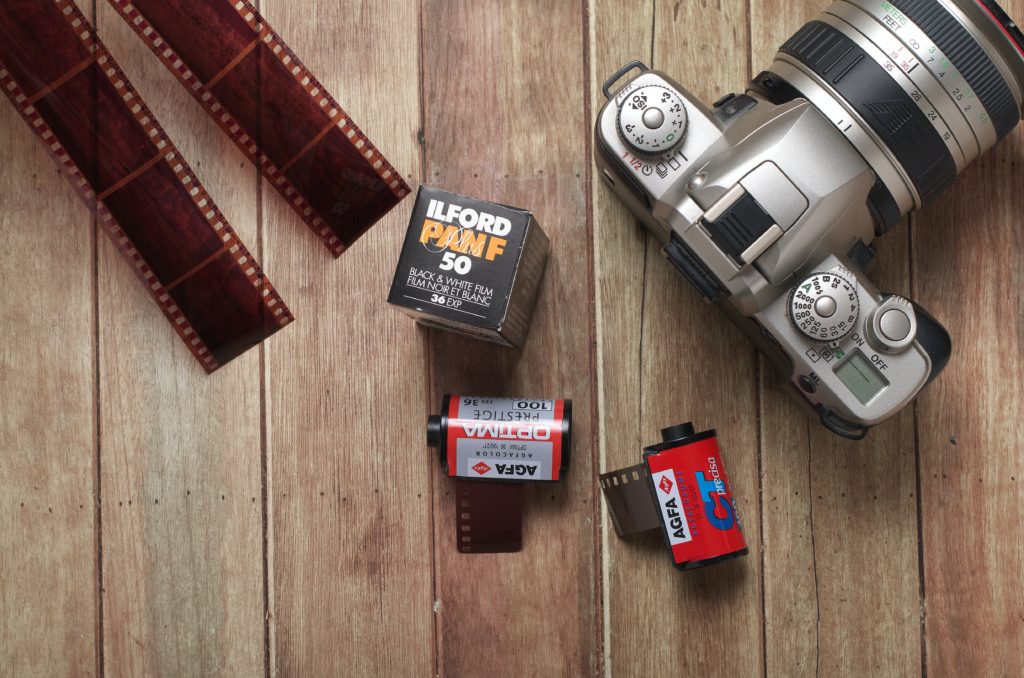
The point is that as film photographers, we could use a 30 year old camera and get great images just by knowing our craft and choosing the right film for the job. If you needed higher resolution, say as a commercial photographer, you would step up to medium or even large format cameras. The vast majority of us did not need such high resolutions. The reason for that is because we only ever printed the images up to perhaps 16×20 inches. So what’s different today? Well, interestingly, not very much.
The Way We Look At Images Today.
Let’s be frank here. The vast majority of us will view our images on either a TV or computer screen. That might be through our editing programs or even on a website. Some of us may print our images. But like in the days of film, most will not print beyond 16×20 inches. Here’s the thing, 18mp is more than enough for that.
Many of us who are really into photography may display our images on screen using a 4k monitor. Viewing images on 4k is a revelation, they are crisp, sharp and beautiful. A 4K monitor however is still only around 8 megapixels. If we are viewing our image in full screen mode, we are still not seeing anywhere near the full potential of even a 12mp camera. Even stepping up to 8k we are still only filling the screen at around 33mp. By the time 8k is a standard resolution, consumer cameras will be over 100mp – Samsung’s latest phone already boasts 108mp. There is a huge difference in most cameras’ resolutions compared to the way we display their output.
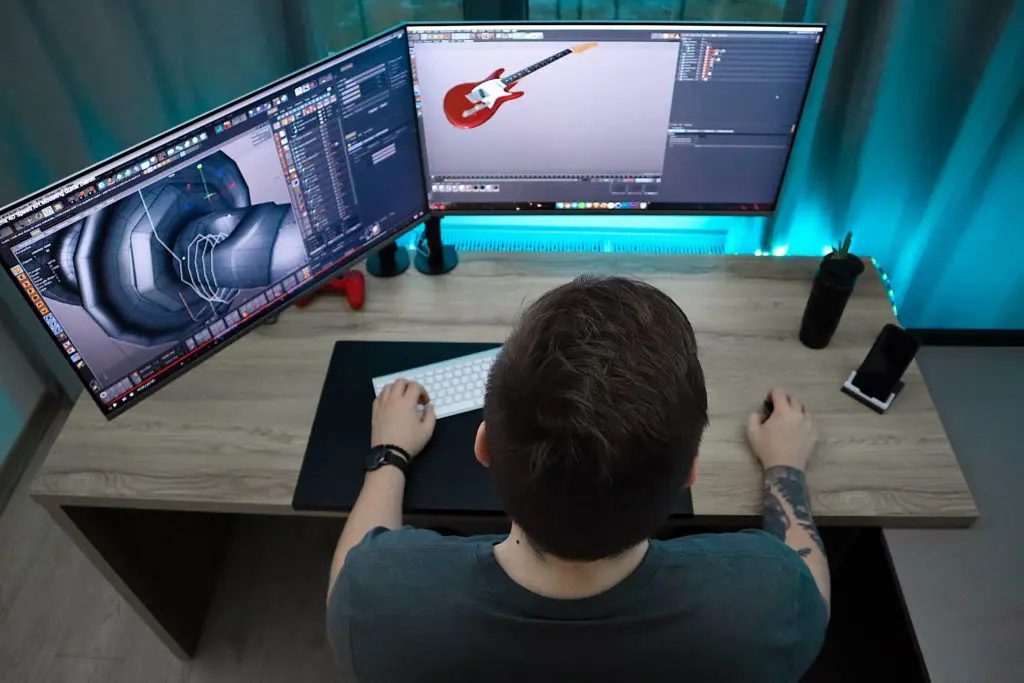
That disconnect becomes even more apparent when we display our image online. Most websites are only showing images at around a maximum resolution of 1mp.
Now of course, there is the argument that more megapixels is useful for cropping an image. I agree, with this, it’s perfectly valid. Many wildlife and sports photographers rely on the extra megapixels to pull us closer to the subject by cropping. However, for the majority of us, taking landscapes, urban shots, portraiture, etc, this is not really a valid excuse. Composition is about movement and lens choice and this should not be overridden in favour of cropping.
Do We Really Need All These Megapixels?
Of course the answer to this is really going to be your own personal preference. However, perhaps the real question should be – should we stop being seduced my megapixel marketing? The answer to that is a resounding yes.
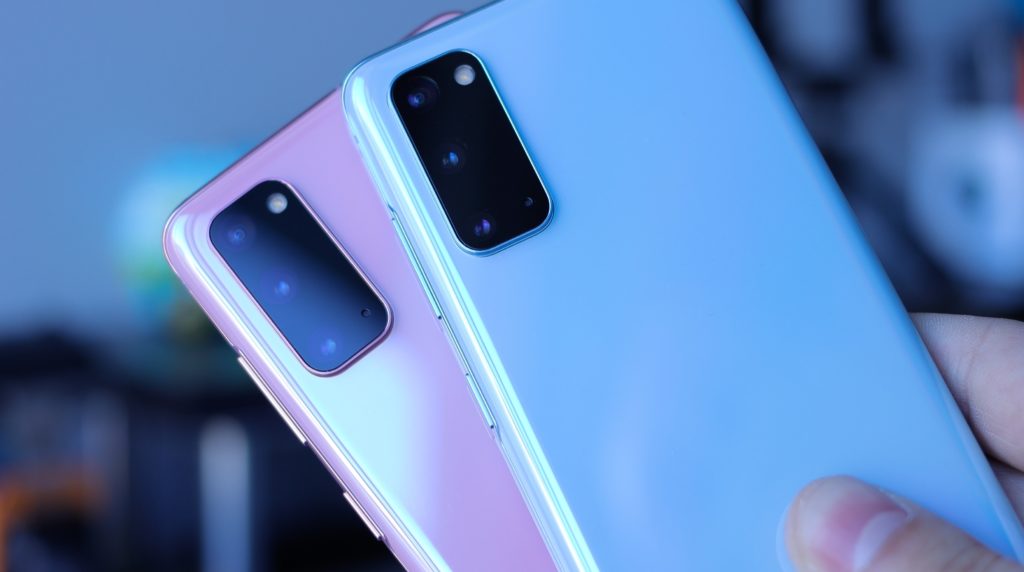
Many photographers undoubtably need many megapixels. But here’s the irony, those that do need a high megapixel count, are usually more than experienced enough to know why they need them. They are not the target market for the marketeers.
That target market is the new and inexperienced photographer who is entering a hobby/pastime where the number of megapixels your camera has, is worn as a badge of honour. Perhaps it’s time for the real badge of honour to be the aesthetic quality of the images you shoot, not the number of megapixels it contains.
If you think back to some of the greatest images ever taken, they are very often way off being technically perfect. The ISO of the film, or even the megapixels of the sensor made no difference the quality of the image. Sometime, grain, low resolution or other technical imperfections have actually enhanced the composition not held it back.
Perhaps what I am trying to say here, in a roundabout way, is that it’s time to put the photographer first and not the camera’s megapixels when designing a new camera. One or two companies do take this to heart but far too many don’t.

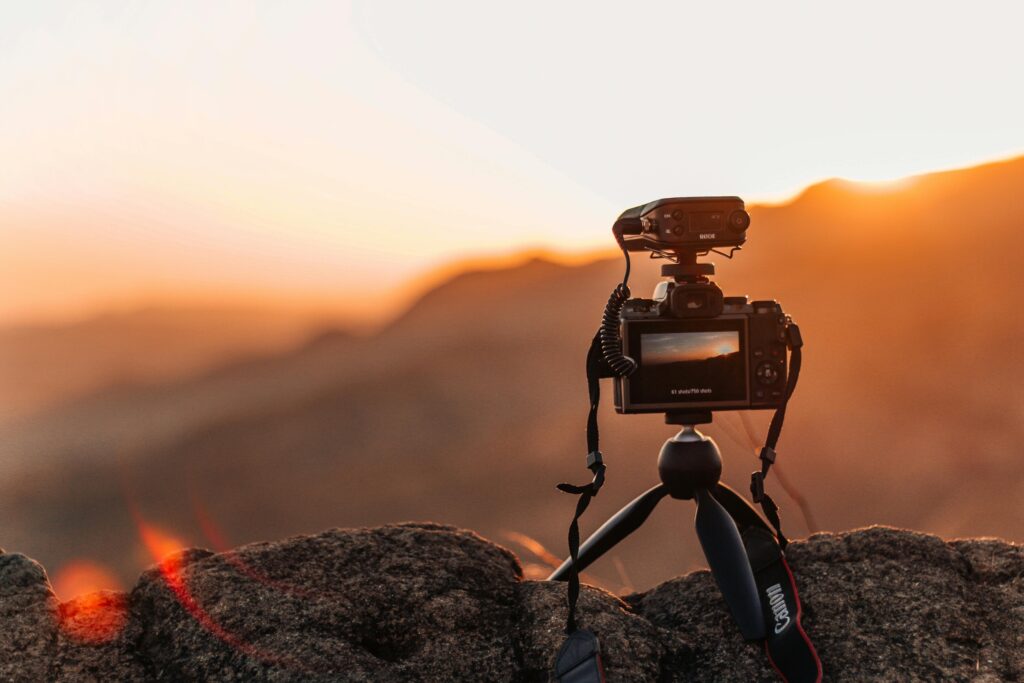
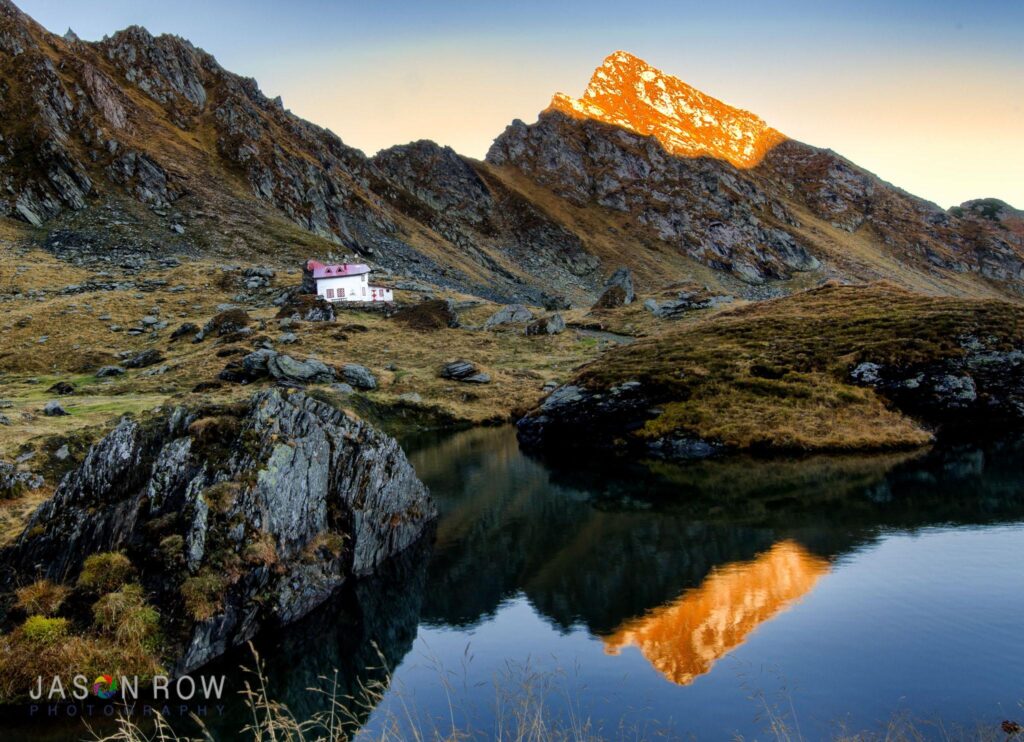
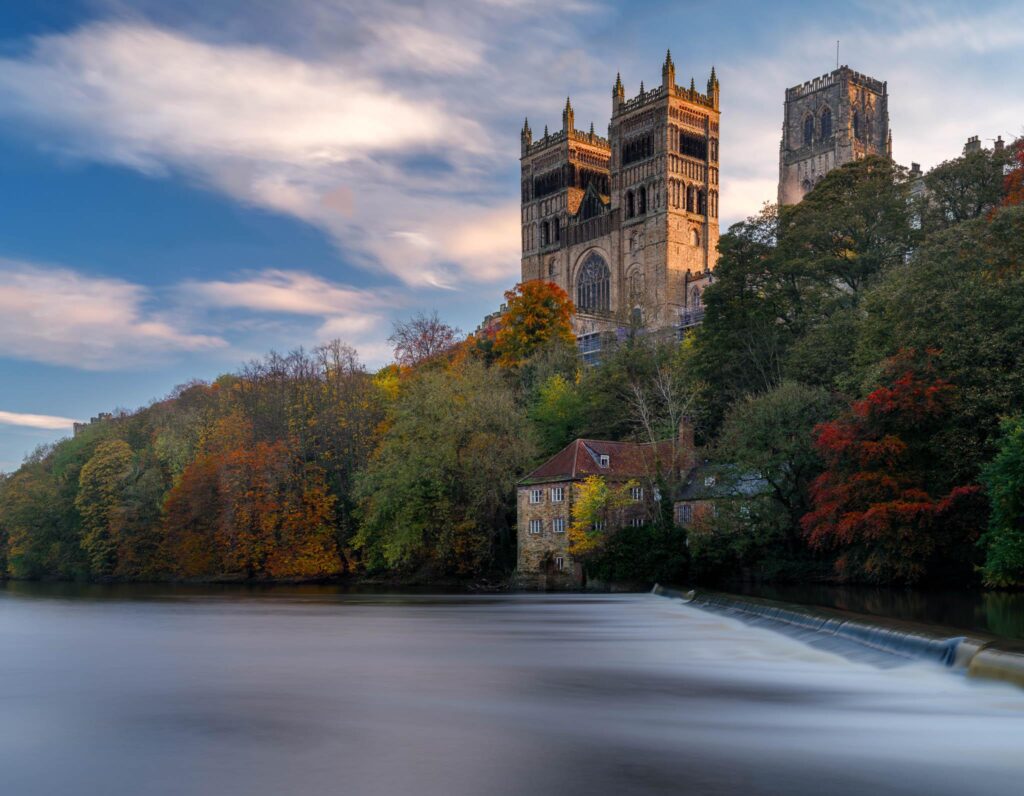

1 Comment
The issue isn’t if you have a large pixel county or not, but that photographers who only know digital have lost the ability to “get it right in the camera”.
I’ve always thought that you are only a photographer if you can take a picture and have it be presentable as-is, or at the most simple exposure changes. If you need to touch up the photograph extensively, then you are a photo artist, not a photographer.
Personally, I grew up with film, so needing to get it right in the camera isn’t that challenging, but a lot of “photographers” are more into digital manipulation then taking the pictures, which isn’t what a photographer should be.
Having said that, we should embrace photo artists and their work, as it is just as skilled as a photographer, but there is a difference.